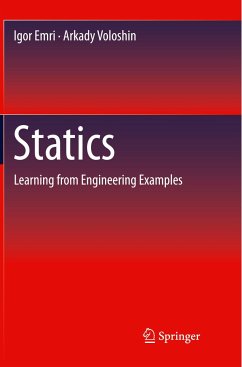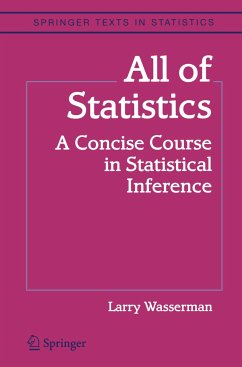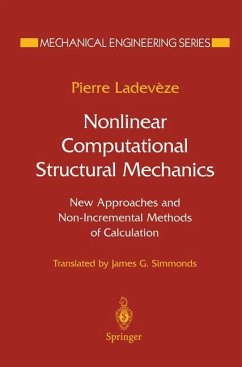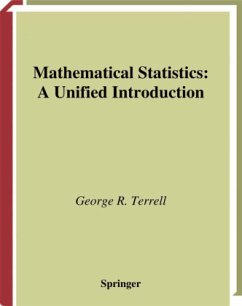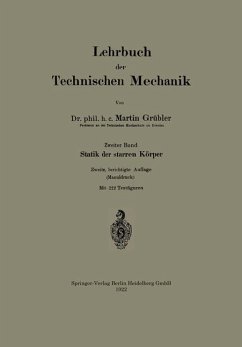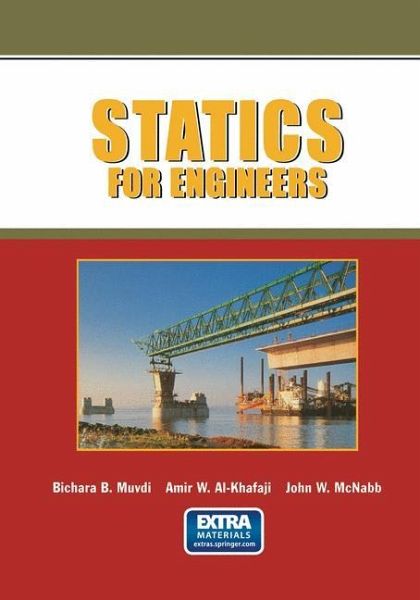
Statics for Engineers
Versandkostenfrei!
Versandfertig in 6-10 Tagen
77,99 €
inkl. MwSt.

PAYBACK Punkte
39 °P sammeln!
This is the first volume of a comprehensive two-volume treatment of mechanics intended for students of civil and mechanical engineering. Used for several years in courses at Bradley University, the text presents statics in a clear and straightforward way and emphasizes problem solving. More than 350 examples clarify the discussion. The diskette included with the book contains EnSolve, a program written by the authors for solving problems in engineering mechanics. The program runs on Macintosh and PC-DOS computers and includes the following: - a unit converter for SI to US units and vice versa ...
This is the first volume of a comprehensive two-volume treatment of mechanics intended for students of civil and mechanical engineering. Used for several years in courses at Bradley University, the text presents statics in a clear and straightforward way and emphasizes problem solving. More than 350 examples clarify the discussion. The diskette included with the book contains EnSolve, a program written by the authors for solving problems in engineering mechanics. The program runs on Macintosh and PC-DOS computers and includes the following: - a unit converter for SI to US units and vice versa - a graphics program for plotting functions and data - a set of numerical subroutines The graphics module will, among other features, fit smooth splines between data, plot regression lines and curves, and change scales -- including from arithmetic to log and log-log. The numerical routines will, for example, find roots of polynomials, solve systems of equations, invert matrices, differentiate and integrate, and solve boundary-value problems.





